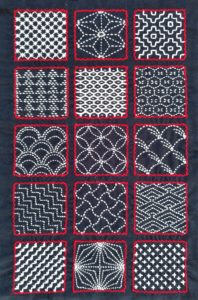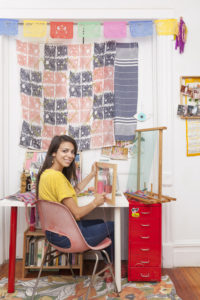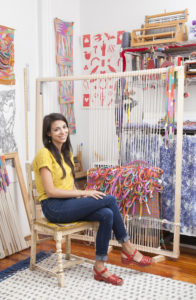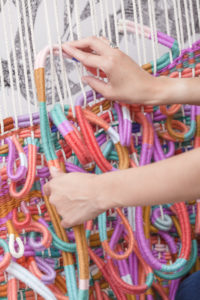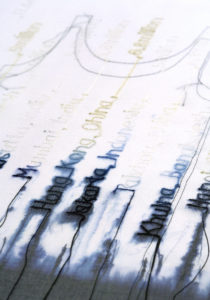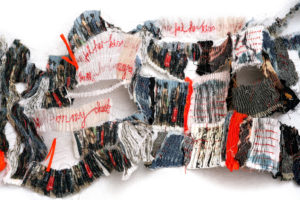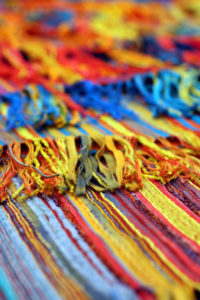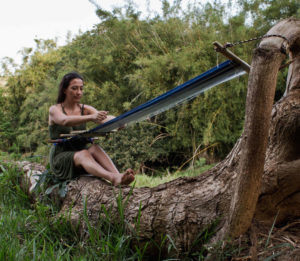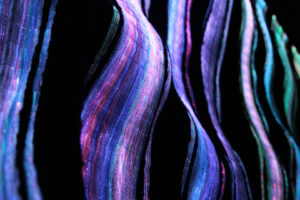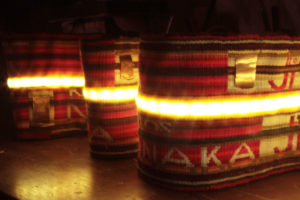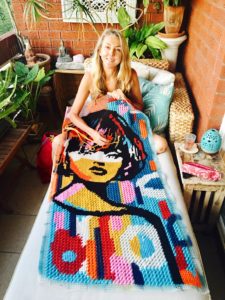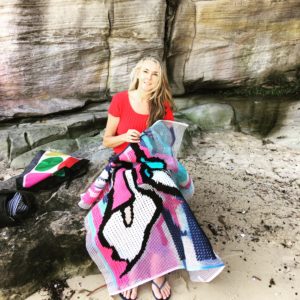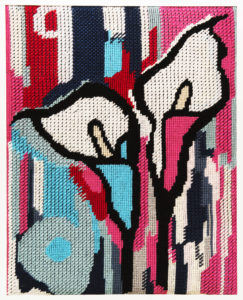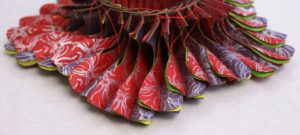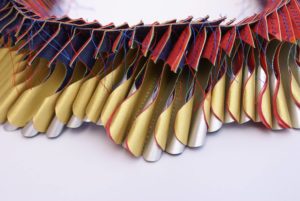April 10, 2017
In
Art, Textile Art
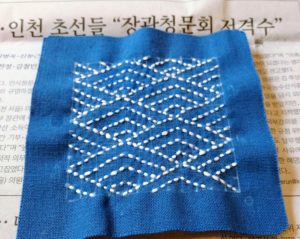
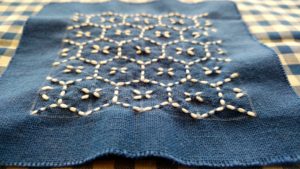
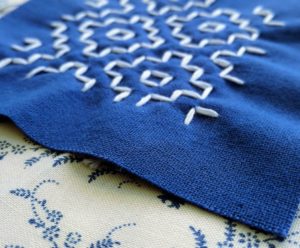
Sashiko samplers clockwise from left: Hishi seigaiha (Waves) ; Juji Kikko (Crossed tortoiseshell) ; Kakinohanazashi (Persimmon Flower stitch)
Sashiko is the name of the gorgeous historical Japanese Quilting tradition worked with white thread on an indigo dyed fabric. Sara Cook from Brighton Fashion and Textile School has kindly shared with us her Sashiko Sewalong project that she ran on Instagram #sashikosampler. It was very popular with lots of people trying out this technique for the first time.
“Here are three examples of different patterns that I stitched for the sewalong. At the end you will see the sampler that I made. I love the way the patterns build up often not revealing their wonderful designs until the last few rows are worked.
Kakinohanazashi (Persimmon Flower stitch) The Persimmon Flower stitch is a very popular design and represents a stylised version of the flower. The fruit is sometimes called a Sharon fruit. This was the first pattern I learnt to stitch many years ago.
Juji Kikko (Crossed tortoiseshell) This design is a variation of the traditional tortoiseshell pattern that I have altered with diagonal crosses instead of vertical crosses. I like the hexagon shapes which remind me of grandmother’s flower garden design in English paper piecing.
Hishi seigaiha (Waves) I stitched this pattern while I was travelling around South Korea. It was the one of the last in the Sashiko sewalong project. This was a very formative time for me and somehow the pattern seemed to fit my journey.”
To find out more visit Sara’s website and blog at http://brightonfashionandtextileschool.com
